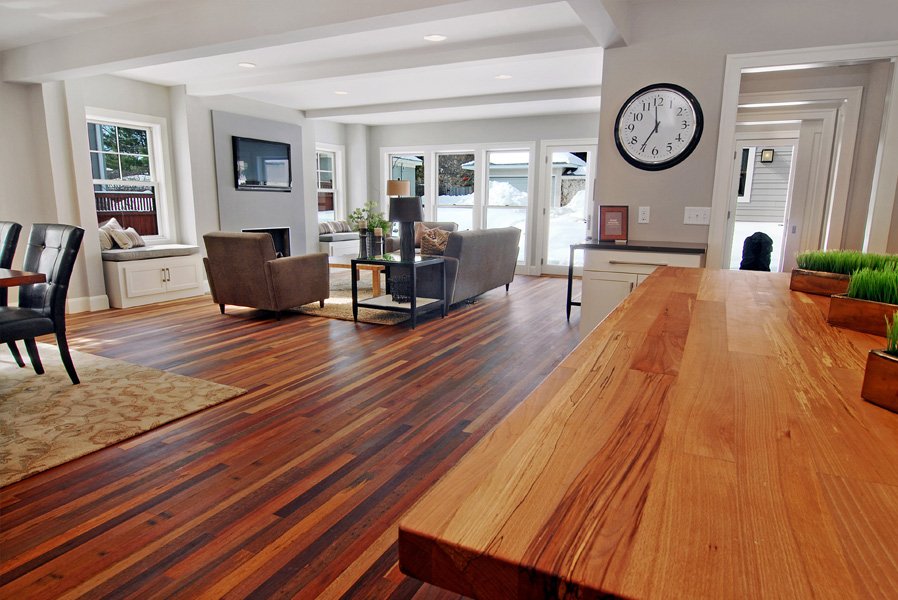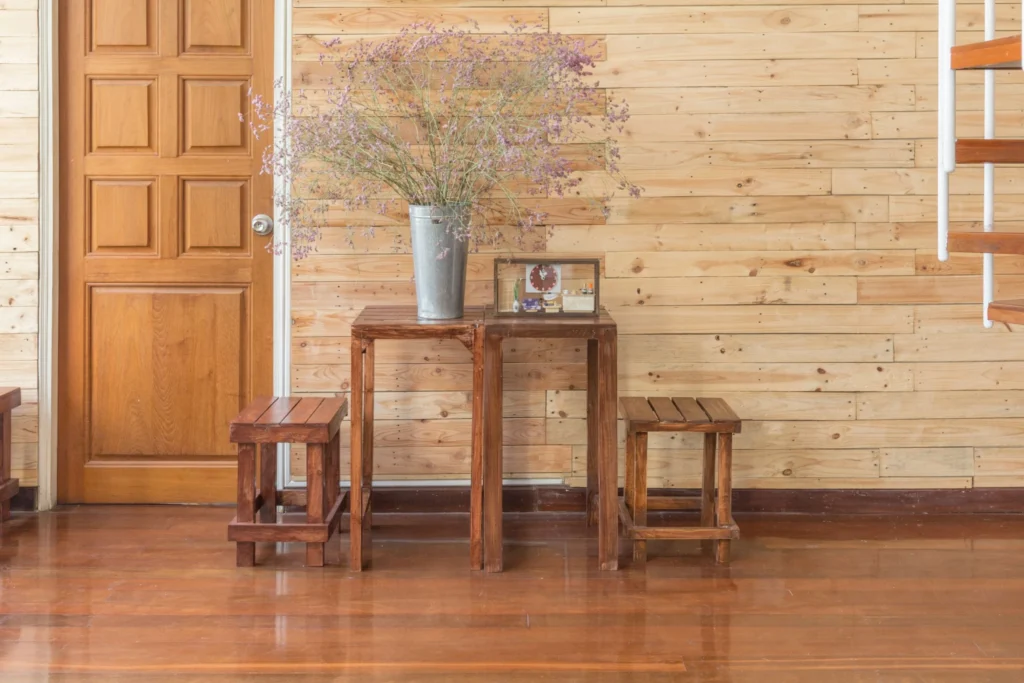
As sustainability continues to shape how we design and furnish our homes, reclaimed timber furniture has grown in popularity among eco-conscious homeowners, interior designers, and craftspeople. But while the rustic charm and environmental benefits are clear, is it really worth the investment?
In this guide, we’ll explore the pros and cons of reclaimed timber furniture so you can decide whether it fits your home, lifestyle, and values.

What is Reclaimed Timber Furniture?
Reclaimed timber refers to wood that has been salvaged from old buildings, barns, bridges, factories, or even ships. Instead of being discarded, the wood is cleaned, treated, and repurposed into new furniture pieces such as tables, shelves, beds, and cabinets.
Reclaimed wood is often hardwood—like oak, teak, or walnut—that has stood the test of time and offers exceptional strength and character.
Pros of Reclaimed Timber Furniture
1. Environmentally Friendly
Reclaimed timber is a sustainable option, reducing the need to cut down new trees. By reusing existing wood, it helps decrease deforestation and lowers the carbon footprint of furniture production.
2. Unique Character and Aesthetics
Every piece of reclaimed timber has its own story. Weathering, nail holes, saw marks, and aged grain give the wood a distinctive patina and rustic charm that can’t be replicated with new materials.
This makes reclaimed wood perfect for creating one-of-a-kind furniture pieces with personality.
3. Durability and Strength
Reclaimed wood, especially when sourced from old-growth trees, tends to be stronger and more stable than newly harvested timber. It’s already been seasoned over time, reducing the likelihood of warping or cracking.
4. Adds Value and Authenticity
Because of its age, history, and craftsmanship, reclaimed timber furniture often has a higher perceived value. It can act as a focal point in your interior, adding depth, authenticity, and conversation-worthy appeal.
5. Versatile Across Styles
Reclaimed timber isn’t limited to rustic design. It’s also used in modern, industrial, and Scandinavian interiors, thanks to its warm tones and textured finishes. Pairing old wood with metal or glass creates striking contrasts.
Cons of Reclaimed Timber Furniture
1. Higher Cost
Although you’re buying reused materials, the process of reclaiming wood—cleaning, de-nailing, drying, and finishing—requires time and labor. As a result, reclaimed timber furniture is often more expensive than mass-produced or veneer alternatives.
2. Inconsistent Quality
Since reclaimed timber comes from various sources, its quality can vary. Some pieces may have hidden nails, cracks, or insect damage that need addressing before they’re usable.
Poorly restored furniture can also suffer from structural weaknesses.
3. Limited Supply and Availability
Sourcing authentic reclaimed timber can be challenging, especially for large projects or matching sets. Stock may be limited, and each piece is unique, which can make replacements or customization harder.
4. Requires Skilled Craftsmanship
Working with reclaimed wood isn’t easy—it needs experienced hands to prepare and build with it. If improperly handled, the final piece may suffer from alignment issues or rough finishes.
5. Potential for Chemical Treatments
Older timber may have been treated with chemicals like lead-based paint, varnish, or creosote, which can be hazardous. Reputable sellers should fully treat and clean the wood, but this adds to the cost.
So, Is It Worth It?
Yes, for the right buyer. If you value sustainability, craftsmanship, and a story-rich aesthetic, reclaimed timber furniture is absolutely worth the investment. It’s built to last, environmentally responsible, and full of character.
However, if you’re on a tight budget, want mass-produced uniformity, or need furniture in a hurry, reclaimed wood may not be the most practical option.
Tips Before Buying Reclaimed Timber Furniture
-
Buy from reputable makers who treat and prepare wood properly.
-
Ask about the timber’s origin and whether it was ethically and sustainably sourced.
-
Inspect or ask for detailed images to spot defects or imperfections.
-
Confirm if it’s sealed or finished, especially for indoor use.
Final Thoughts
Reclaimed timber furniture blends history, sustainability, and unique beauty into each piece. While it may require a bit more investment and care, its timeless charm and eco-friendly impact make it a standout choice for modern and rustic homes alike.




